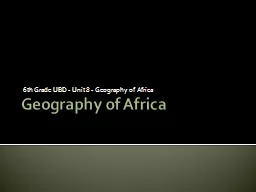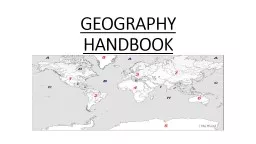PPT-World Geography 3202
Author : karlyn-bohler | Published Date : 2016-05-22
The nature of resources Chapter 8 pp135140 Soil Characteristics There are several characteristics of soil that affect its value for farming and growing vegetation
Presentation Embed Code
Download Presentation
Download Presentation The PPT/PDF document "World Geography 3202" is the property of its rightful owner. Permission is granted to download and print the materials on this website for personal, non-commercial use only, and to display it on your personal computer provided you do not modify the materials and that you retain all copyright notices contained in the materials. By downloading content from our website, you accept the terms of this agreement.
World Geography 3202: Transcript
Download Rules Of Document
"World Geography 3202"The content belongs to its owner. You may download and print it for personal use, without modification, and keep all copyright notices. By downloading, you agree to these terms.
Related Documents

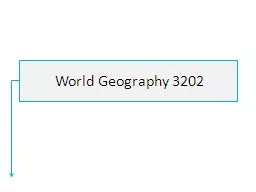
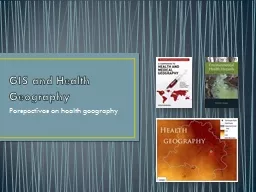
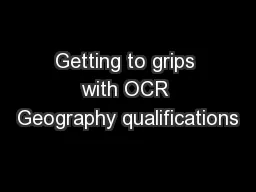
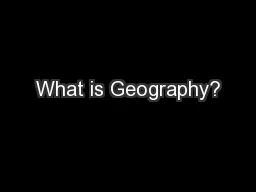

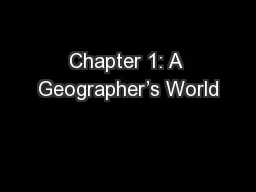
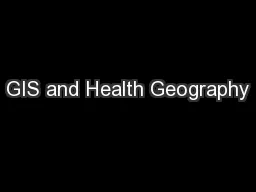
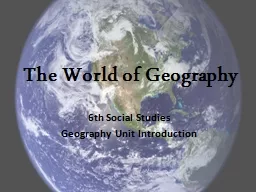

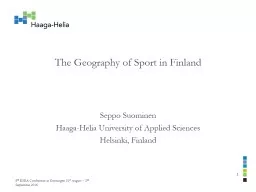
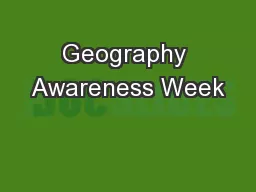
![Geography Coasts Coastal Erosion [Date]](https://thumbs.docslides.com/660288/geography-coasts-coastal-erosion-date.jpg)
